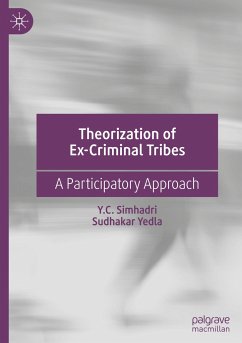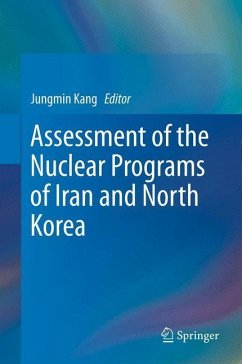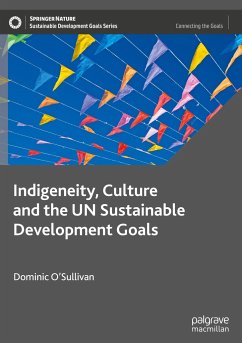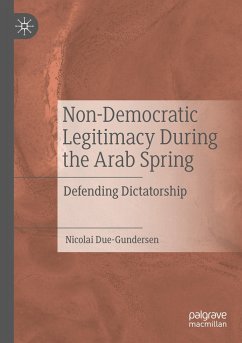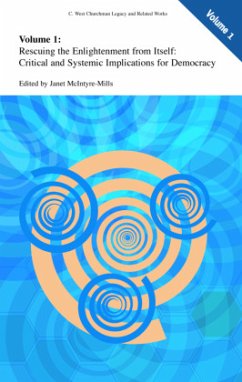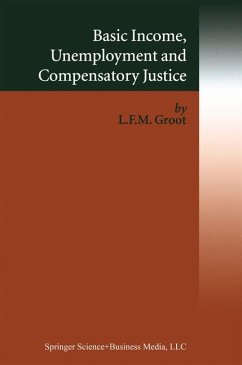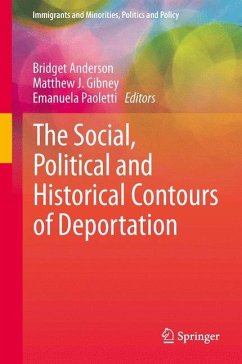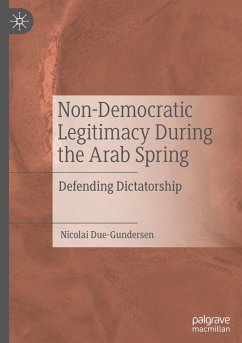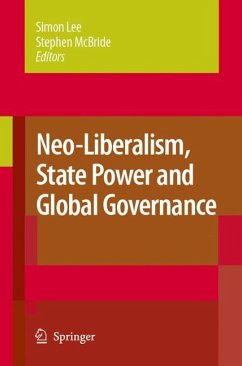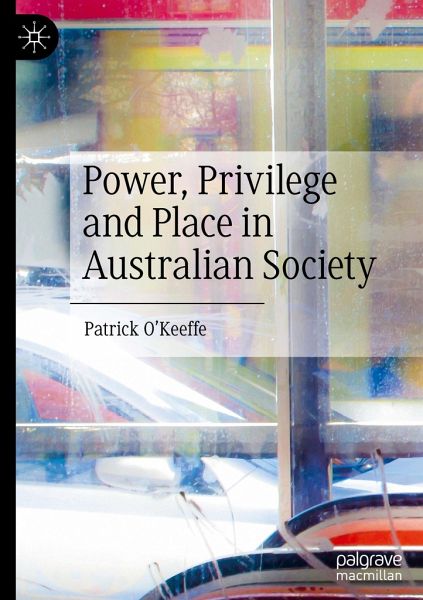
Power, Privilege and Place in Australian Society
Versandkostenfrei!
Versandfertig in 6-10 Tagen
98,99 €
inkl. MwSt.
Weitere Ausgaben:

PAYBACK Punkte
49 °P sammeln!
This book critically analyses important social issues experienced in Australia, such as economic inequality, precarious work, unequal access to quality education and health care, housing insecurity, colonisation, racism and discrimination, activism and social change. In doing so, it contributes to urgent discussions in key areas of Australian society. At a moment in time where a more progressive, caring, inclusive and optimistic public discourse is required, this book takes up the challenge of thinking constructively and creatively about the possibilities for change. While the book focuses on ...
This book critically analyses important social issues experienced in Australia, such as economic inequality, precarious work, unequal access to quality education and health care, housing insecurity, colonisation, racism and discrimination, activism and social change. In doing so, it contributes to urgent discussions in key areas of Australian society. At a moment in time where a more progressive, caring, inclusive and optimistic public discourse is required, this book takes up the challenge of thinking constructively and creatively about the possibilities for change. While the book focuses on Australian-specific experiences, connections to international examples are made to ensure this work has relevance to people beyond an Australian context.





